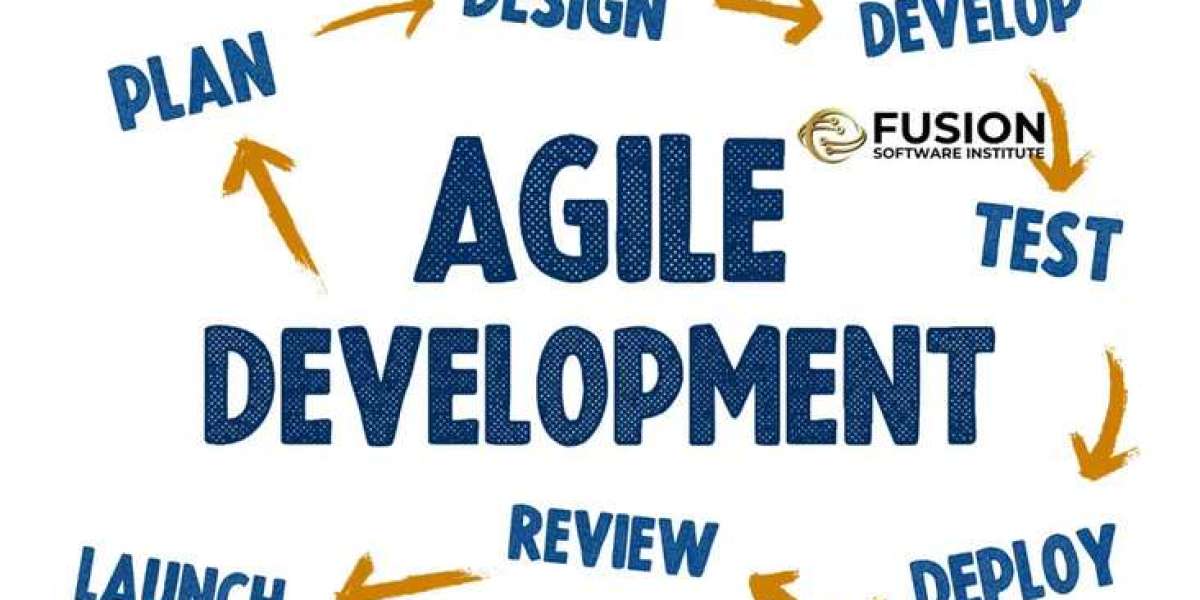The DevOps lifecycle is the framework that underpins this transformation establishing the intersection of agile, automation, and cross-functional collaboration to speed delivery while still delivering quality.
- Understanding the DevOps Lifecycle
The DevOps lifecycle represents a continuous process of software progression from idea to user value – represented as an infinity loop to signify that it is iterative (and continuous). The increasing popularity of DevOps methodologies are simply based on a process breakdown consisting up to seven to eight phases:
Plan → Code → Build → Test → Release → Deploy → Operate → Monitor → Feedback/Iterate.
- Exploring the Core Phases
Here’s a deeper dive into each phase, enriched with tool examples and best practices:
1. Defines the vision by unifying stakeholders, backlog creation, and alignment with business goals—typically via platforms like Jira, Trello, and Azure DevOps Boards | |
2. Developers write code, manage changes, and collaborate using Git-based systems such as GitHub, GitLab, or Bitbucket. | |
3. Code is compiled or packaged into artifacts—like container images or binaries—using tools such as Jenkins, Maven, or Gradle. | |
4. Automated testing (unit, integration, security) ensures quality. Tools include Selenium, JUnit, SonarQube, supported by CI pipelines | |
5. After approval, software is prepared for deployment using CI/CD tools (e.g., ArgoCD, GitLab CI/CD, Terraform), aiming for automation and consistency. | |
6. Ensures ongoing performance and maintenance, using Infrastructure as Code (IaC) and config tools like Ansible, Puppet, Terraform. | |
7. Tracks system health and user behavior via tools such as Prometheus, Grafana, ELK Stack, Datadog. Insights fuel iterations and planning for subsequent cycles. |
- Best Practices That Elevate the Lifecycle
- Automation is Non-Negotiable: CI/CD pipelines and IaC eliminate manual steps, reduce errors and support consistency and speed.
- Collaborative Culture: Bridging Dev and Ops through shared ownership accelerates our work and controls quality.
- Utilize Continuous Feedback Loops: Monitoring and feedback shape future development and close the loop in the lifecycle.
- Integrate Toolchains Wisely: Tools need to flow appropriately and continuously across stages- a break here slows delivery and reduces quality.
- Fusion Institute’s Emphasis
Fusion Institute emphasizes the DevOps lifecycle as the central framework for agile and effective IT operations. While their outline mirrors the standard seven-phase model, they add value through their academic lens—integrating theory, practical training, and real-world tools to ready students for industry demands.
Fusion Institute's take aligns well with these principles, offering a grounded framework that bridges classroom understanding with real-world readiness.
Launch Your Career in DevOps Now!
Our DevOps course will allow you to master the entire DevOps lifecycle with Fusion Software Institute, and open opportunities to get placed in top MNCs. Don't wait, you are already on your way to a brand new IT career!
Contact us at +91 7498992609 | +91 9503397273 to get enrolled now.



